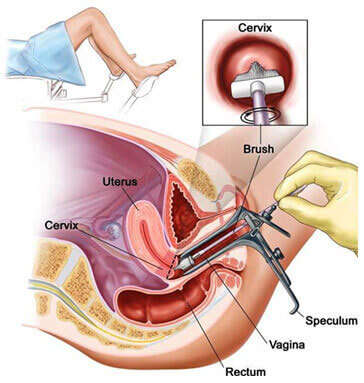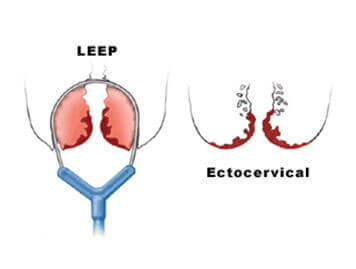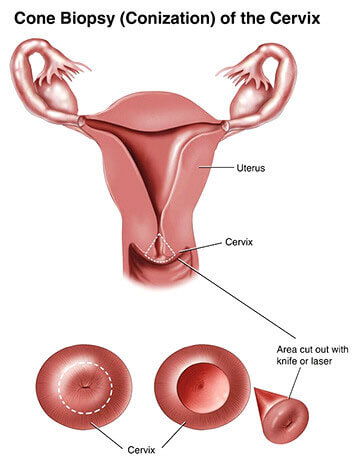Cervical cancer is the 10th commonest cancer amongst women in Singapore—about 190 new cases are diagnosed yearly. The cervix (the neck of the womb) is made up of millions of tiny cells, and cervical cancer occurs when these cells in the cervix undergo malignant change.
The most common cause of cervical cancer is the Human Papilloma Virus (HPV). There are over 100 types of HPV viruses and 15 types lead to cervical cancer and it is these HPV types that spread through sexual contact. All sexually active persons are at risks of contracting HPV infection and it can be prevented with HPV vaccination. Many people who have HPV infections may not show any signs or symptoms, hence they may transmit the virus unknowingly.





Do you have questions about women’s
health and pregnancy?
Let us help you.